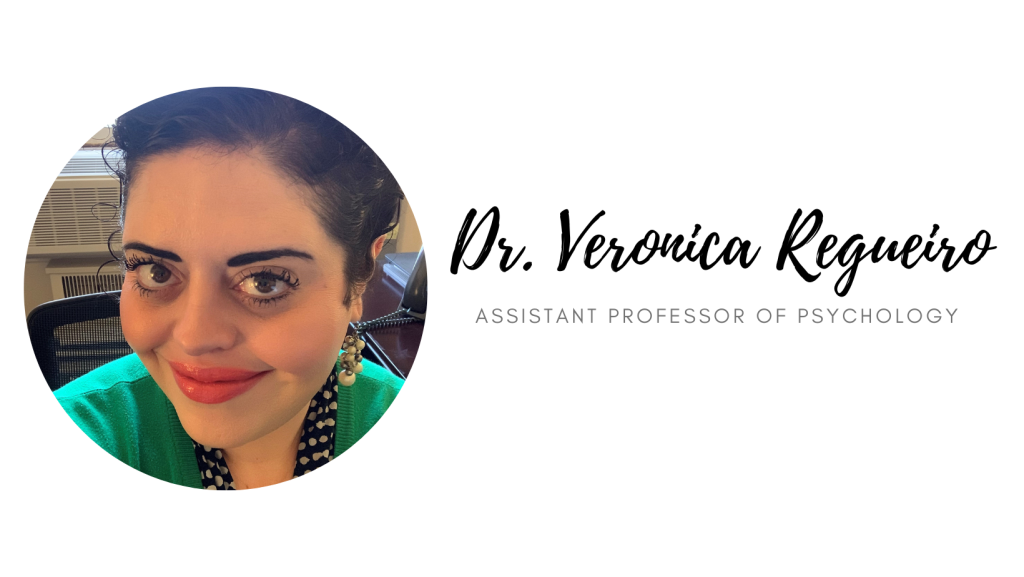
Happy April to the CBU community and beyond! April is a month resplendent with spring colors, cheery weather, and new life. April is also Autism Awareness Month! It is at this time of the year that we can pause and reflect, not just on the symptoms of autism, as outlined in the Diagnostic and Statistical Manual, but also on what it means to live in a way that is accepting of our family members, friends, and neighbors, who live daily with a diagnosis of autism spectrum disorder (ASD). This three-part series will explore ASD as a diagnosis as well as how we can all live alongside our neurodivergent neighbors in a way that is honoring and accepting of who they are and how they may interact with us. You can read part two here.
We can begin living alongside our neighbors with ASD by first understanding the diagnostic criteria an individual must meet to be diagnosed with ASD and how those criteria may manifest. It is crucial to understand that, as it is currently understood and diagnosed, ASD is a disorder that primarily impacts social interactions. Diagnostic criteria are broken into two categories, with associated subsections.
The first category notes that “persistent deficits in social communication and social interactions” must be evident across a variety of settings and the three subsequent subsections detail how these deficits must present for an individual to qualify for a diagnosis of ASD. The first subsection specifies that these deficits must include difficulty in what is referred to as socio-emotional reciprocity; that is, the individual must struggle with the back-and-forth interactions that are typical in social relationships. Those deficits might look like complete disengagement from others; i.e., the stereotypical child with ASD who is “in his (or her) own world,” ignoring others and unresponsive to conversational prompts. These difficulties, however, can also look like a child who wants to play with others but struggles to engage in developmentally-appropriate play such as imaginative play or games that involve taking turns. This can also manifest as an adolescent who wants to have friends and/or engage in age-appropriate activities but struggles to understand the difference between a friend and an acquaintance or a friend and someone they are dating. Individuals who meet this criteria may be unresponsive to conversational prompts or respond in ways that seem odd to others or off-topic. They may also appear to ignore typical social niceties, such as not interrupting when another person is speaking.

The second subsection notes that individuals who meet criteria for a diagnosis of ASD demonstrate deficits in nonverbal communication skills. When thinking of this criteria, individuals often assume it means that a person with ASD will not make eye contact or will struggle to make eye contact. These struggles can, however, manifest in a variety of ways. It is true that some individuals who meet criteria for an ASD diagnosis struggle with making eye contact. Others, however, engage in eye contact that is poorly modulated – that means that their eye contact lacks nuance and therefore might present as intense staring. These deficits can also manifest as a lack of using socially and/or culturally appropriate hand gestures when speaking. They can also extend to facial expressions – often, individuals who meet the criteria for a diagnosis of ASD present with flat or blunted affect, which means their thoughts and feelings are not evident on their faces or that the expression on their faces does not match the feeling they are sharing.
Lastly, the third subsection specifies that individuals who meet the criteria for ASD struggle to develop, maintain, and understand typical social relationships. This can look like being uninterested in typical social relationships such as friendship and marriage but can also manifest as desiring these relationships and not understanding how to generate and maintain them. For example, a person who meets the criteria for a diagnosis of ASD may report wanting to get married but may also not understand how to date, how to determine whether the person they are dating may make a good long-term partner, the role he or she should have in the relationship, etc.

While it can be frustrating at times for an individual who is neurotypical (i.e., a person who does not meet diagnostic criteria for neurodevelopmental disorders such as ASD, ADHD, intellectual disability, etc.) to interact with an individual who meets criteria for a diagnosis of ASD, it is important to remember that the person with ASD is not “being difficult” on purpose. An individual who meets criteria for a diagnosis of ASD simply has a different way of engaging with the world around them, and that different approach is generated by the way their brain perceives and responds to their environment. While many behavioral therapies for individuals who meet diagnostic criteria for ASD target what society considered problematic behaviors, April is a good time for us to consider whether or not all aspects of behavior exhibited by an individual with ASD need to be addressed. For example, if making eye contact feels deeply uncomfortable to an individual with a diagnosis of ASD, is that something that needs to be changed? Or can that difference be understood and accommodated? If a child who meets the criteria for ASD would prefer to play alone instead of with others, does interactive play need to be forced on them? Or can there be space for some private playtime? Can we, as a society and as a community, tolerate individual differences even when those differences may make us uncomfortable or seem atypical?
The invitation to you this April is to learn about ASD but also to consider the ways in which individuals with ASD suffer, not just because of their symptoms, but because of how often they are excluded from society or forced into activities or ways of being that, in and of themselves, might be upsetting or distressing. We will explore the second category of ASD symptoms in our next installment, but until then, we encourage you to intentionally practice the fruits of the spirit with the members of your community who seem to engage socially in ways that are atypical or maybe even odd. Love, joy, peace, patience, kindness, goodness, gentleness, faithfulness, and self-control can create spaces in which every person can be celebrated for being exactly who they are.
